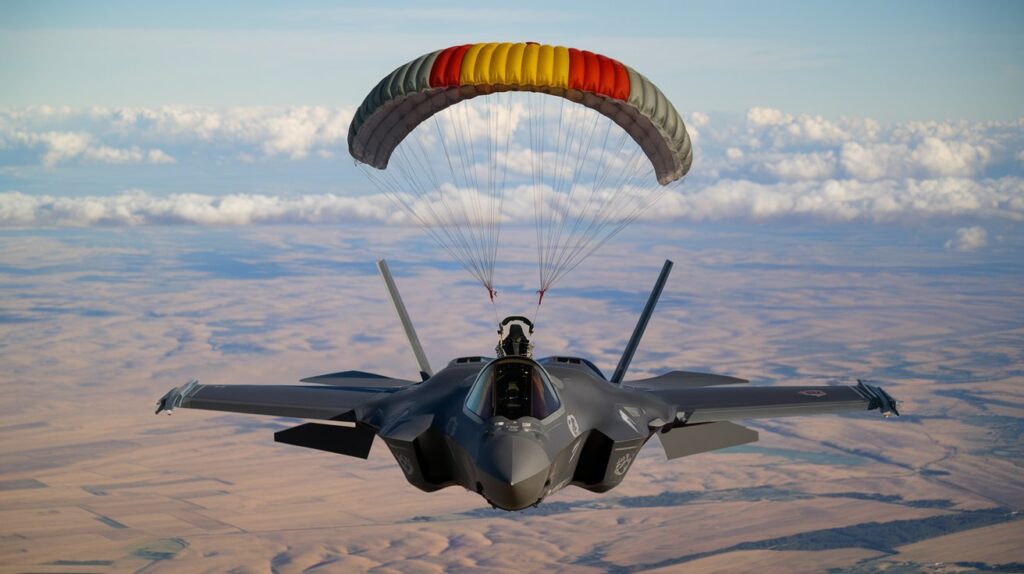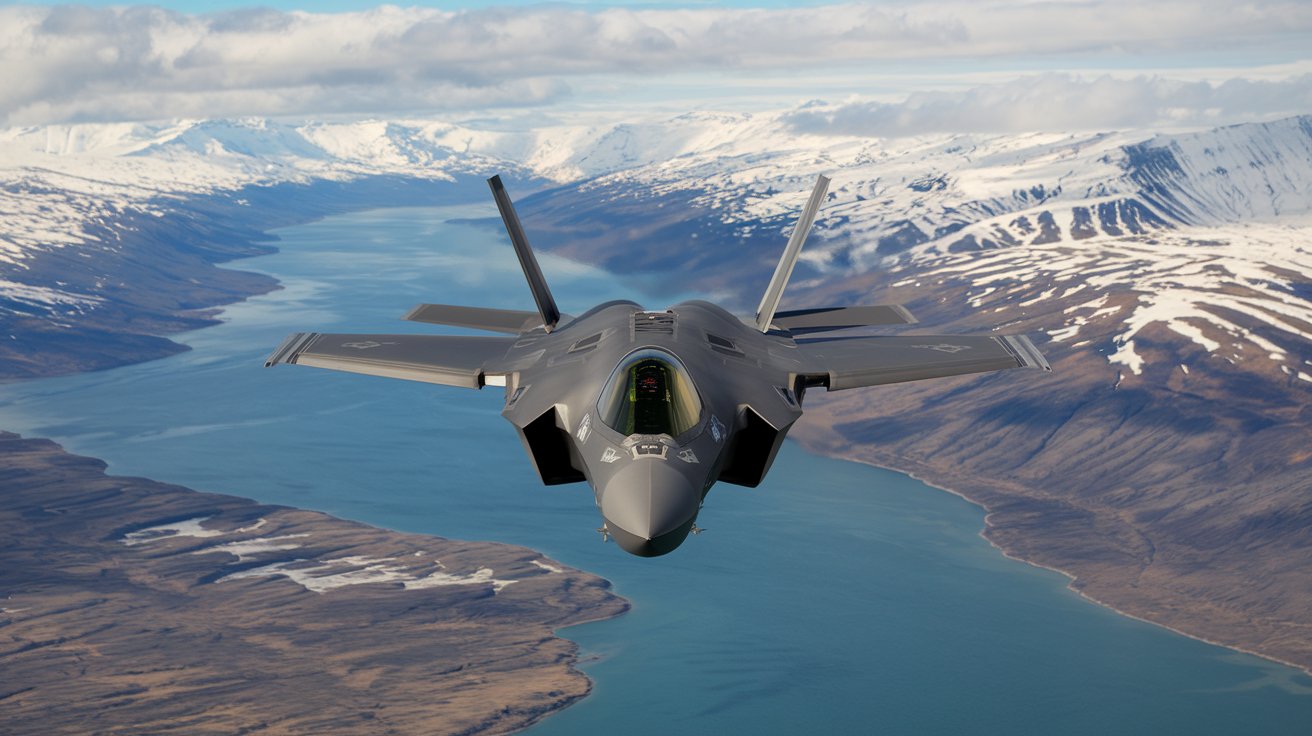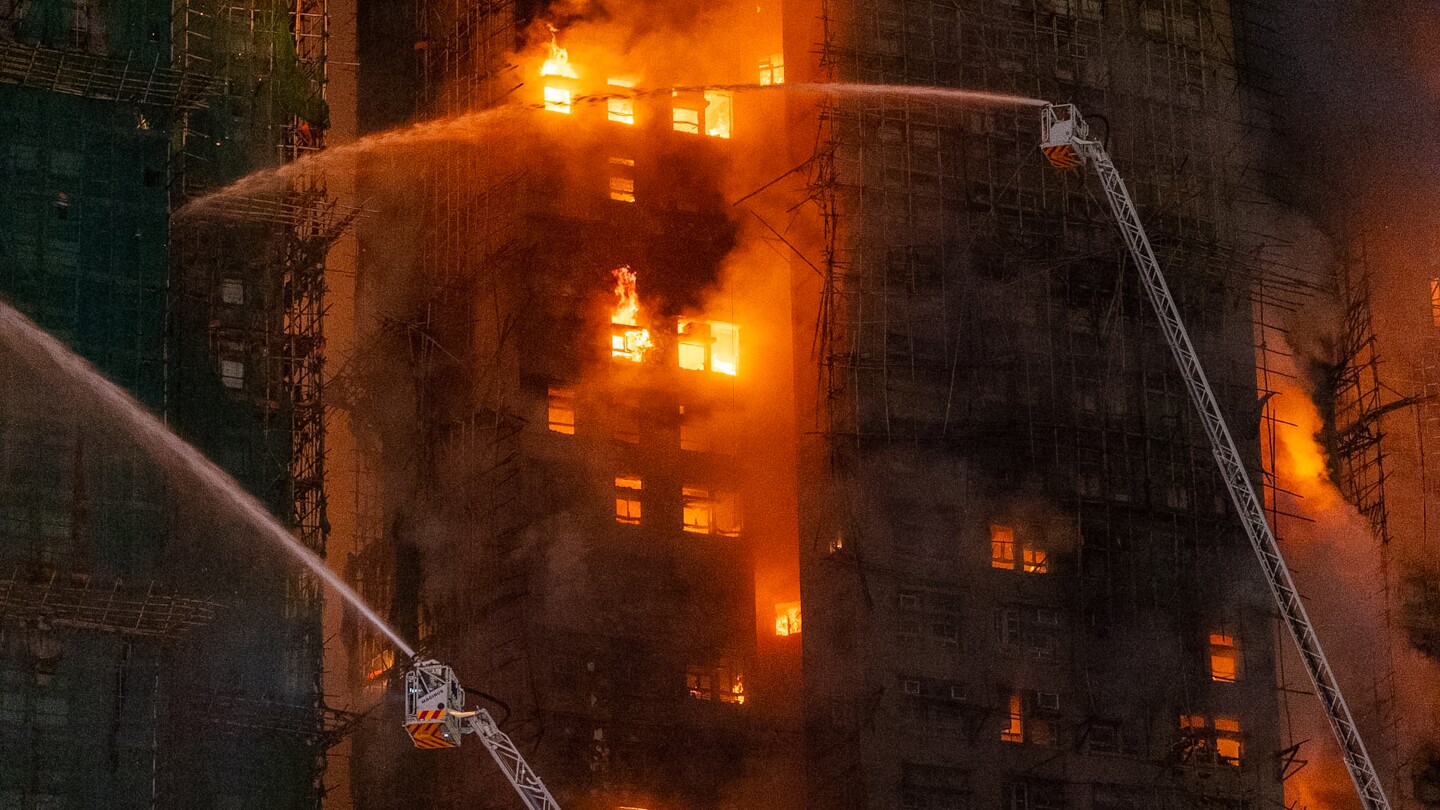F-35 Fighter Jet Crashes in Alaska: Pilot Ejects Safely Amid Investigation
Alaska F-35 Crash Raises New Concerns About Fighter Jet Safety
An F-35 fighter jet crashed at Eielson Air Force Base in Alaska on January 28, 2025, during a routine training exercise. The pilot, whose identity remains undisclosed, safely ejected from the aircraft before it crashed during the landing phase. Military officials have launched an in-depth investigation into the cause of the crash to prevent future incidents.
Pilot Ejects Safely and Undergoes Medical Evaluation
According to Air Force officials at Eielson Air Force Base, the pilot is in stable condition and undergoing medical evaluation. While no life-threatening injuries have been reported, standard post-ejection medical protocols are being followed to assess any potential trauma.
Col. Paul Townsend, commander of the 354th Fighter Wing, reassured the public, stating:
“The safety of our pilots and personnel is our top priority. A full investigation will be conducted to determine the cause and ensure we learn from this incident.”
Eielson Air Force Base: A Key Strategic Location for F-35 Operations
Eielson Air Force Base located approximately 25 miles south of Fairbanks, Alaska, plays a crucial role in military operations. The base was designated in 2016 to house 54 F-35 jets, leading to an expansion that strengthened U.S. Air Force combat readiness in the Arctic region.
Why Alaska is Critical for U.S. Military Operations
Alaska’s strategic location enables the F-35 to reach nearly any location in the Northern Hemisphere within a single mission. The base’s proximity to the Arctic makes it an essential hub for training exercises and quick deployment capabilities.
✅ Related Fact: The F-35 is a multi-role stealth fighter jet, capable of vertical takeoff, supersonic speeds, and advanced electronic warfare.
F-35 Crash: Part of a Series of Recent Incidents
The Alaska crash adds to a string of F-35 crashes in recent years, raising concerns about the aircraft’s operational reliability. In May 2024, an F-35B crashed at Kirtland Air Force Base in New Mexico, while in September 2023, an F-35B pilot ejected during a training flight in South Carolina.
Military experts continue to assess whether mechanical failures, pilot errors, or software glitches contribute to these crashes. The ongoing investigation into the latest incident will help determine if any systemic issues exist within the F-35 Lightning II program.
Read more about previous F-35 incidents in this AP News report
Investigation Underway: What Happens Next?

The U.S. Air Force has initiated a full-scale investigation into the incident. Investigators will examine black box data, maintenance logs, and pilot communications to uncover the cause of the crash.
Potential factors under review include:
✔️ Mechanical or software malfunctions
✔️ Weather conditions in Alaska at the time of the crash
✔️ Pilot decision-making during landing
Officials are expected to release further updates as new evidence emerges.
Conclusion: The Future of F-35 Operations in the U.S.
The F-35 program remains a cornerstone of U.S. air superiority, despite recent incidents. As investigations continue, the military aims to enhance safety protocols, refine pilot training, and ensure technological upgrades to minimize future accidents.
While this crash raises concerns, it also underscores the importance of continuous improvements in aviation safety and military preparedness.
What do you think? Should the U.S. Air Force invest more in F-35 safety upgrades? Let us know in the comments! [USnewsSphere.com]








